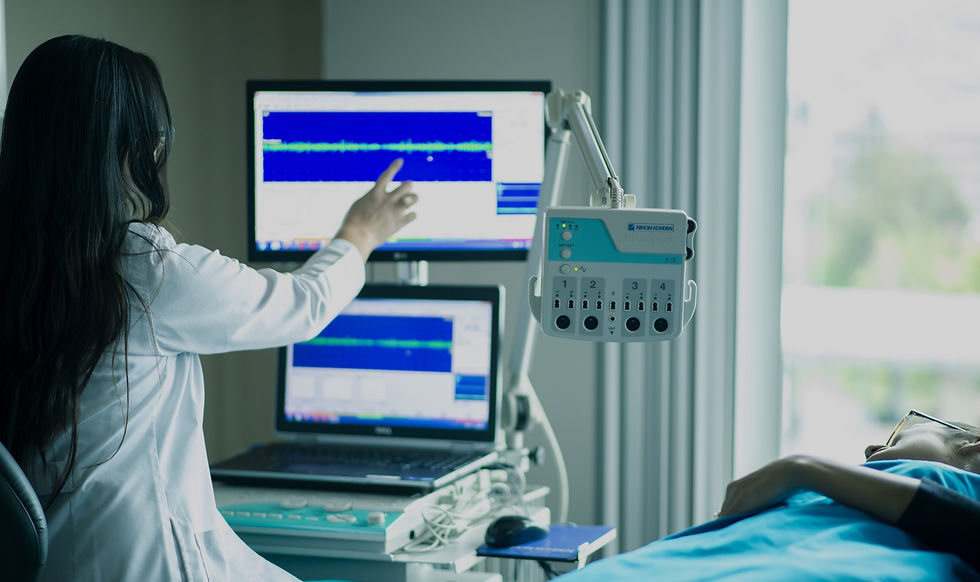
MONITORED ANESTHESIA CARE
(MAC)
MONITORED ANESTHESIA CARE (MAC) OVERVIEW
-
Medicines are given through your IV (intravenous) line to keep you relaxed, sleepy, and comfortable. This is also known as “twilight anesthesia”
-
Often used for surgery that is short or not too invasive (outpatient surgery)
-
Different levels of sedation are possible, depending on the type of procedure and patient’s preference
-
Most people do not remember events during the procedure
-
A local anesthetic (numbing medicine) is often injected into the skin around the surgical site to numb the area in addition to your IV sedation
-
A CRNA will be with you and closely monitor your vital signs, such as heartrate, blood pressure, and oxygen levels, throughout the procedure

EXAMPLES OF PROCEDURES THAT USE MAC
-
Dental procedures
-
Procedures that look inside the body
-
Bronchoscopy (airways & lungs)
-
Colonoscopy (the colon)
-
Esophagogastroduodenoscopy (EGD - the throat, esophagus, stomach, and first part of small intestine)
-
-
Eye surgery
-
Ear surgery
-
Pain management procedures
-
Orthopedic procedures (MAC is often given along with Regional Anesthesia)
POSSIBLE SIDE EFFECTS & RISKS

Risk of Aspiration
Breathing problems
Nausea and vomiting
Allergic reaction to the anesthetic
Trouble waking from sedation and drowsiness
